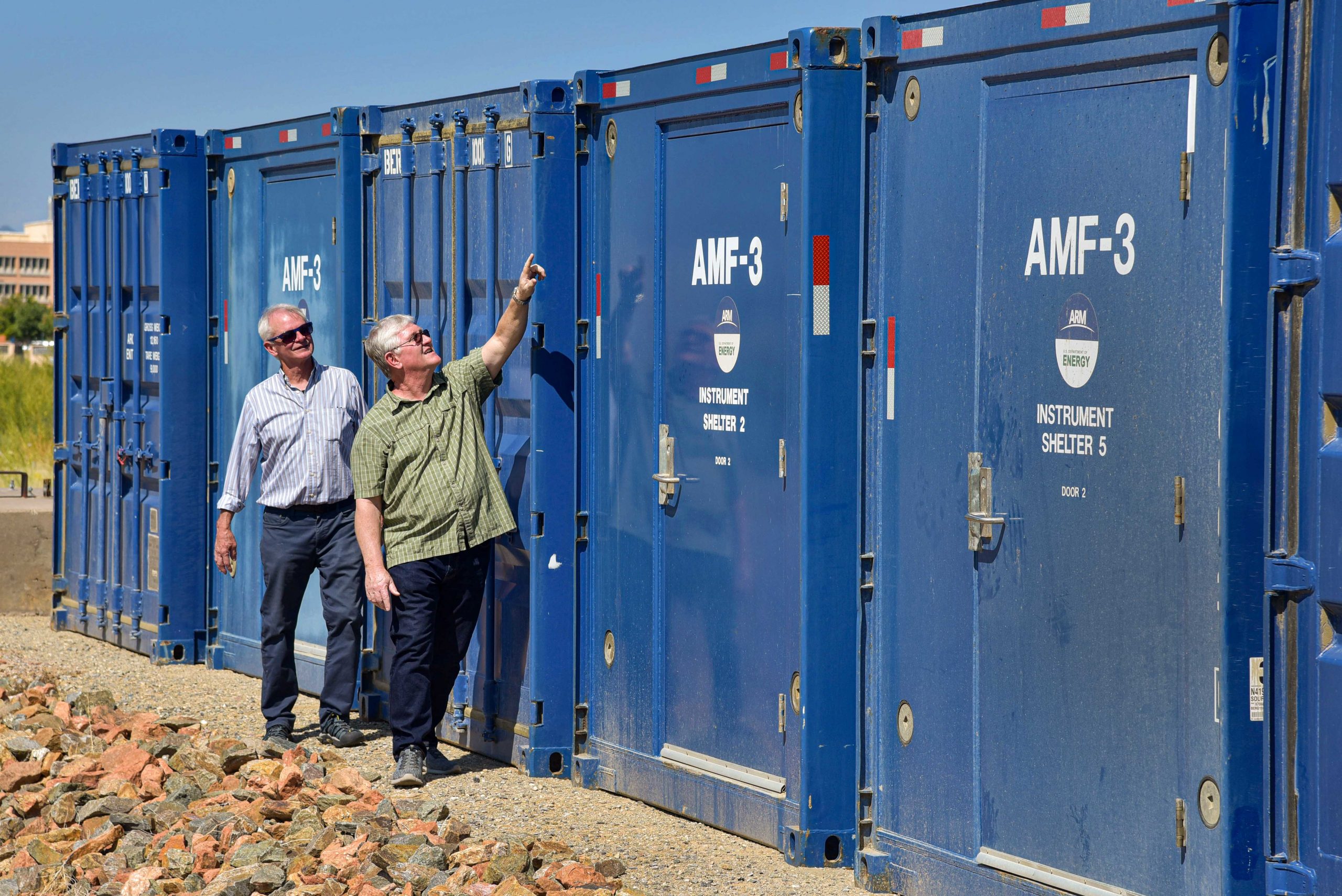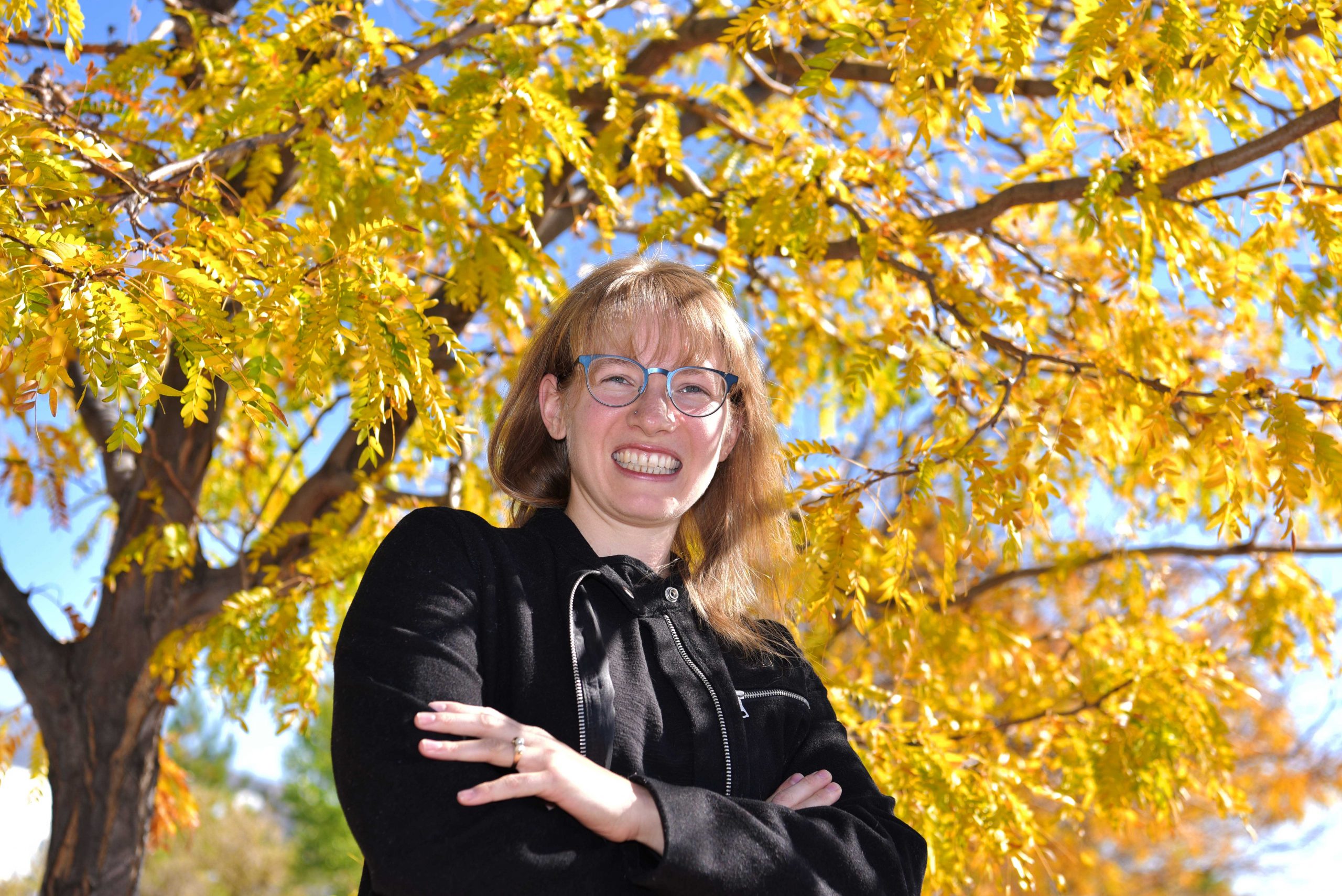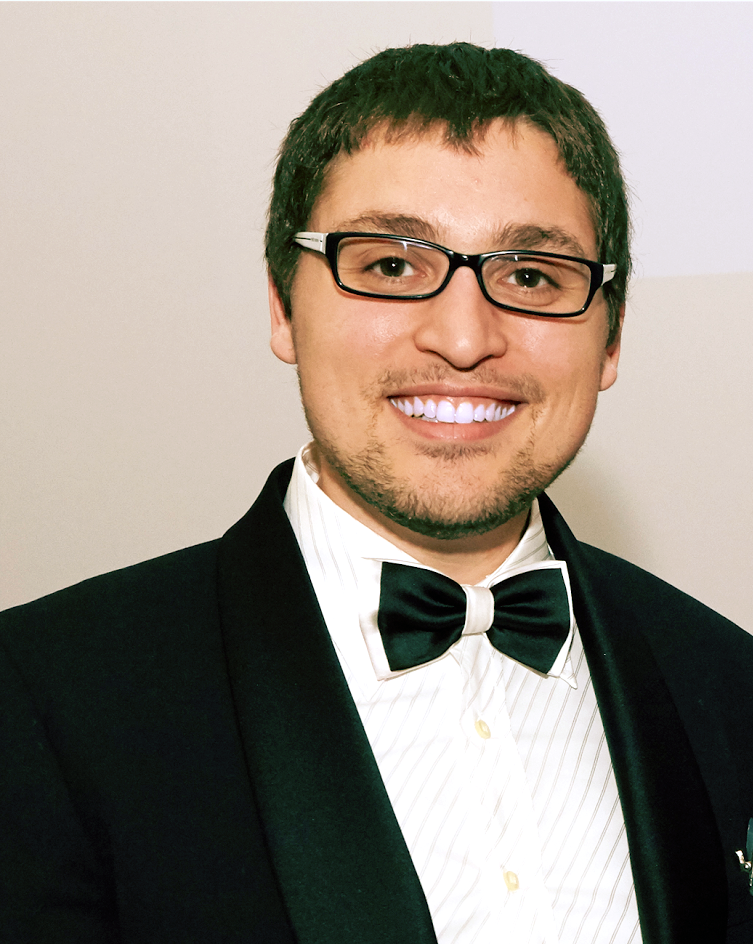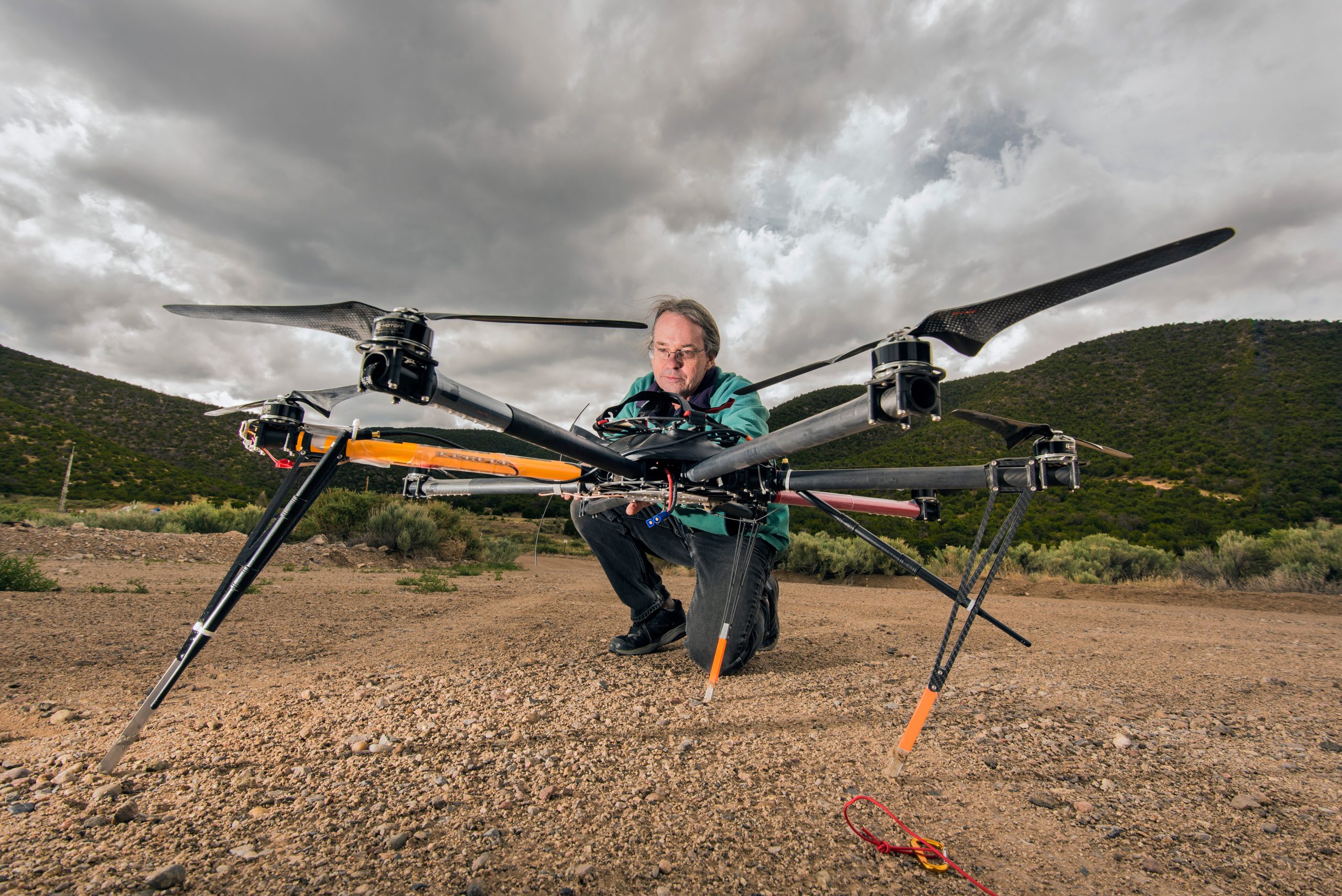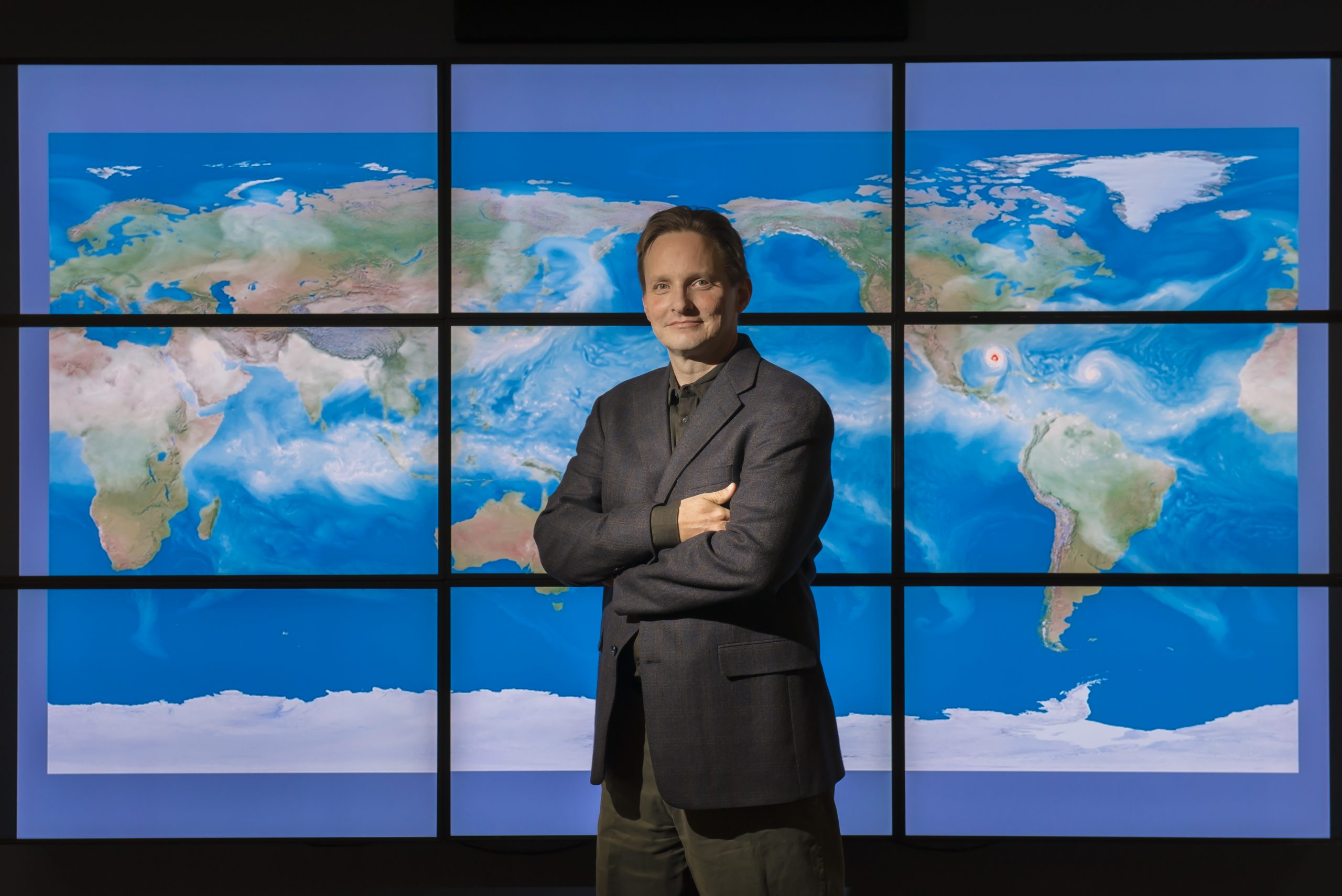November 9, 2021 • ALBUQUERQUE, N.M. — After eight great years of observations and research, a Sandia National Laboratories-operated atmospheric measurement facility moved from Oliktok Point, on the North Slope of Alaska, this summer. The mobile facility will be relocating to the southeaster…
Categories: Climate Security, Energy / Environment / Water
